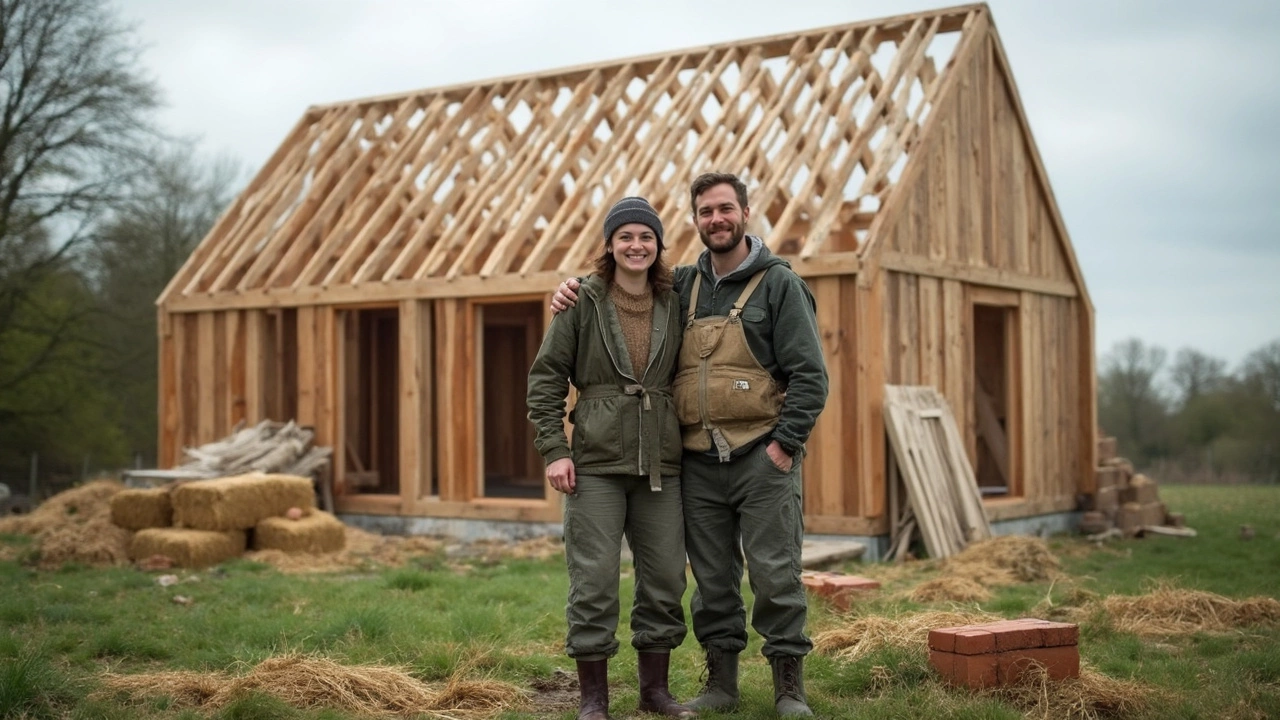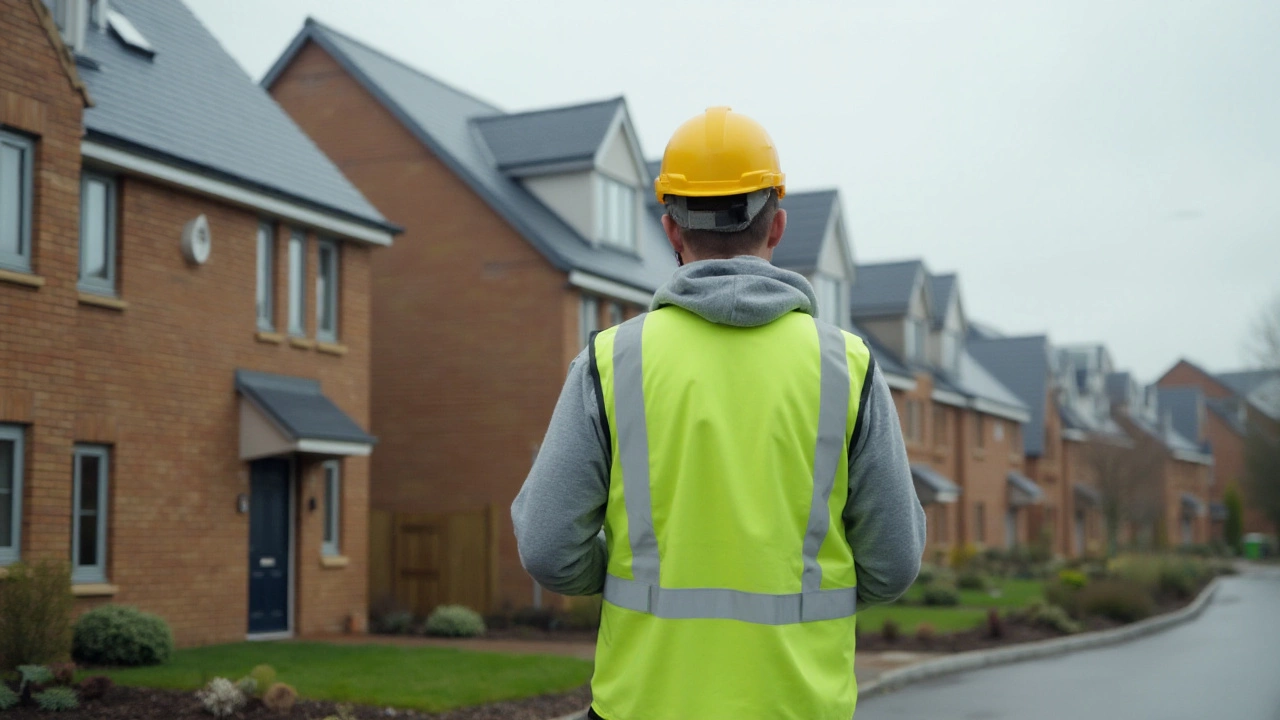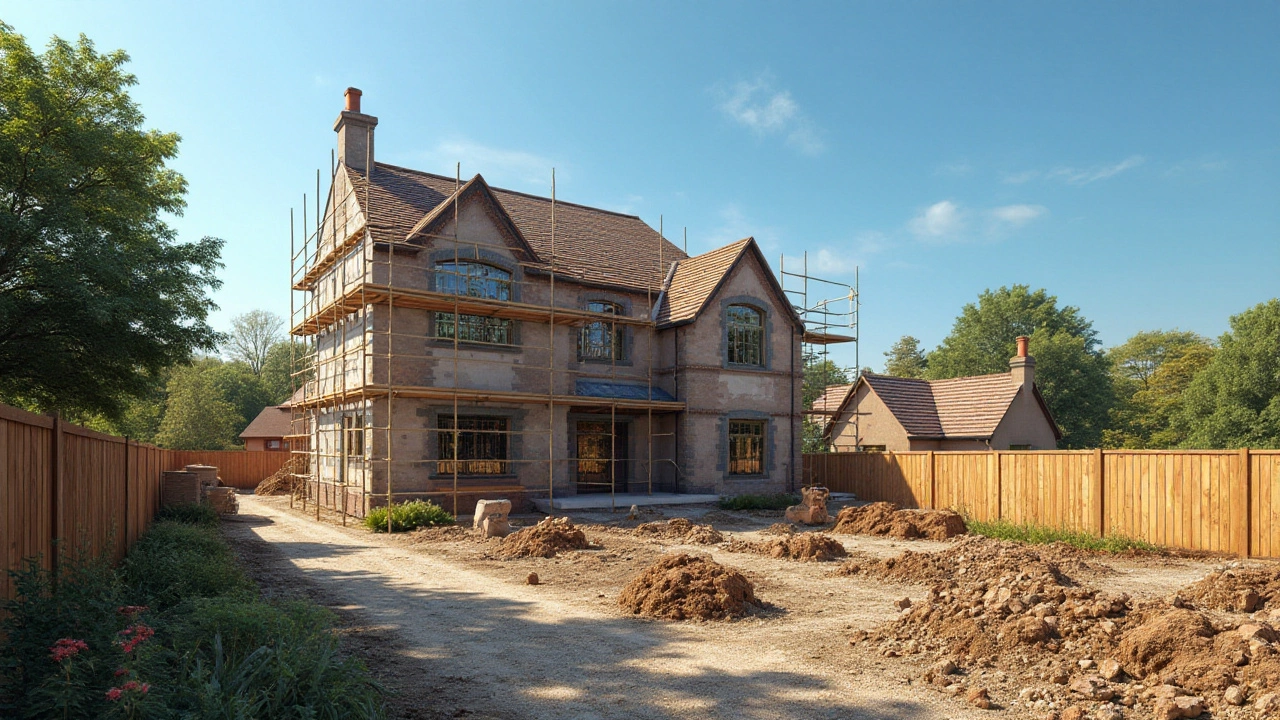Building a house on a tight budget isn’t just possible—it’s happening every day. This article cuts through the hype and myths to lay out the cheapest ways to build a new home, from basic construction methods to clever cost-saving tricks. Discover real-world examples, compare material choices, and find out which corners you can cut safely. Get tips you can actually use, not just theory. Jump in and see how much you could really save.
New Builds: Practical Tips to Keep Your Project on Track
If you’re starting a new build, you probably have a mix of excitement and worry. That’s normal. The good news is you don’t have to guess your way through the whole process. With a clear plan, the right materials, and a solid builder, you can keep costs down and avoid nasty surprises.
Pick the Right Builder Early
Before you sign a contract, interview at least three builders. Ask for recent references, look at finished homes, and check their health and safety record. A reliable builder will be transparent about timelines, payment schedules, and any potential extra costs. Trust your gut – if they seem evasive, keep looking.
Make sure the builder is experienced with the type of home you want. Some specialize in modern stone façades, others excel at timber frames. Matching their expertise to your design saves time and reduces the need for costly re‑work.
Select Durable Materials That Fit Your Budget
Concrete, brick, and stone are the classic choices for long‑lasting houses. Concrete offers strength and low maintenance, brick gives a traditional look and excellent thermal mass, while stone is ultra‑durable but can be pricey. If you want a mix, consider a concrete core with a brick veneer – you get the best of both worlds.
Don’t overlook the hidden costs of insulation, waterproofing, and flooring. Good insulation cuts heating bills, and proper waterproofing prevents future foundation issues. Talk to suppliers about product warranties; a longer warranty often means higher quality.
When it comes to windows and doors, choose double‑glazed units with thermal breaks. They keep heat in, noise out, and boost your home’s resale value. Even small upgrades like upgraded hardware can make a big difference in the final look.
Finally, keep a realistic timeline. Most new builds settle for 6‑12 months, but weather, supply chain hiccups, and change orders can add weeks. Build a buffer into your schedule and stay in regular contact with the site manager.
By following these steps – vetting builders, picking the right materials, and planning for the unexpected – your new build can stay on budget, finish on time, and stand strong for years to come.
Deciding whether to build a new home or buy an existing one is a crucial financial decision. With fluctuating real estate markets and construction costs, it isn’t easy to pinpoint which option saves more money. This article breaks down the current trends in home construction and buying, gives practical advice on cost considerations, and explores the potential savings and risks of building your own home right now.
In the world of new home construction, understanding what constitutes a defect is critical. Though a new build might appear flawless, hidden issues can arise. Construction defects range from cosmetic issues to structural problems. Identifying these early can save homeowners from future troubles and unexpected expenses. This article explores typical defects in new constructions and provides insights on prevention and resolution.
Decorating a new build home presents unique challenges due to factors like settling foundations, contractor limitations, and financial planning. Understanding these issues can help homeowners make informed decisions. This article explores the reasons behind the restrictions on immediate decoration, provides tips for navigating these obstacles, and suggests practical ways to personalize your space gradually.



